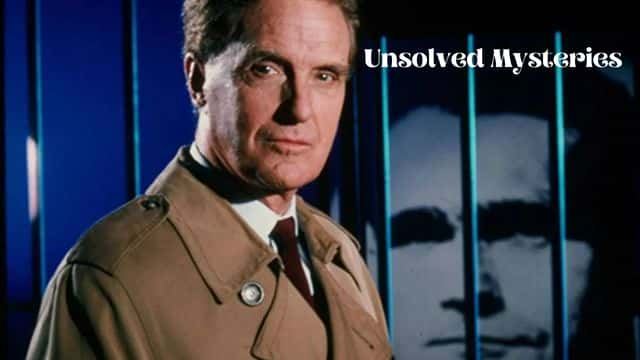“Unsolved Mysteries” stands out even more in comparison to Netflix’s other true crime documentaries as the streaming service shifts its focus away from acquiring new intellectual property and toward the production of original programming.
In contrast to the plethora of series currently available on streaming services that focus on serial killers and cults, “Unsolved Mysteries” has an air that is reminiscent of a cozy living room.
The original show’s success can be traced back, in large part, to the fact that it was based on genuine events and real puzzles. “Whenever feasible, the genuine family members and police officers have joined in reconstructing the events,” the opening title card stated.

And the majority of those witnesses came from the working class; they were ordinary individuals whose lives were filled with mundane horrors like the disappearance of a child from a public park. Even the shows on UFOs and ghosts had a sense of approachability because they didn’t feature any specialists on the paranormal. In many cases, the incidents in question took place decades ago, and there was no video footage of them.
Read more: The Schumer-Manchin Bill is Bad News for Taxpayers, According to This Editorial
This simplicity is what endeared “Unsolved Mysteries” to its audience, and the third volume of the relaunch is the installment that comes the furthest in recreating that sensation. By releasing three episodes in quick succession, “Unsolved Mysteries” is able to course-correct the criticism that Season 1 was front-loaded with murder while also providing new viewers with a broad idea of what the series is about.
The first episode focused on a disappearance, the second episode on UFOs and the third episode focused on a murder. In addition, it works to the show’s advantage by combining modern crimes from the past ten years with an unresolved UFO sighting from the eighties.
The fact that so many secrets may be kept unresolved, often for decades at a time, is what makes the show “Unsolved Mysteries” so fascinating.
If anything, the relaunch ought to concentrate more on that aspect, possibly by rehashing one of the mysteries from the first series. With the ability to dedicate 45–50 minutes to a mystery, the Netflix series may investigate a prior story, even interviewing the original interview subjects about how their lives have changed since the initial airing of the episode in which the episode was based.
A clear example of how a nostalgic relaunch can honor its past while still establishing a good case for its presence now, “Unsolved Mysteries” is an excellent example of this. The show has a particular advantage over the other true crime documentaries since it leans into the original’s grasp of contemporary worries and focuses on the normal within the abnormal.
This gives it an edge over the shows that wallow in the gory details of the crimes. Now, if only they could find a host who could come close to recreating Robert Stack’s sinister narration.


